
The Ambiguity regarding ElectronicMedical Records
Even though we might feel thatelectronic medical records can only be a positive advancement ina modern human society, knowing how useful electronic data is today andhow easy it is to handle it, these are the same reasons why this can bea dangerous thing. All in all, this is a matter of controversy sincethere are people who are greatly for this medical metamorphosis,while, at the same time, there are those who do not desire thisevolution, claiming that it will prove to be counter-production. Manyof positive and negative aspects of having electronic medical recordswill be listed and explained below.
Pros and Cons regarding ElectronicMedical Records
The first, obvious advantage would bethe preservation of space. Namely, having all the necessary papers indigital form, all the data would not take up as much space as regularpapers would. On the contrary, millions of different records would bekept on a single hard drive or other digital memory unit. This wouldhelp hospitals and other medical facilities have more room fortreating patients instead of keeping medical records which can takeup quite some space. Apart from being useful for people, this methodwill be useful for the preservation of nature.
Secondly, corresponding and feedbackbetween health experts can be made easier this way. Doctors caneasily exchange the electronic medical records of their patients and,thereby, know what the previous specialist had done and whichapproaches had he/she used on the patient. This way, there can be notherapy overlapping or dangerous combination of medicine, since allsides will have insight on the situation. Moreover, these kinds ofrecords offer instant access time and are available to doctors at anygiven time.
Next, comes the handwriting. We haveall been exposed to illegible scribbles of doctors in a rush. Theseare quite hard to decipher. However, if these pieces of data weretyped beforehand, reading and understanding would be quite easy. Yet,this method has a trick, since many doctors do not know fast typing,or even handling computers. For them, this change would be hard andwould request a lot of effort.
This is one of the main flaws of thisconstructive medical change. A vast majority of people employed inthe branch of medicine, know little about computers and technology,making it hard for them to focus on it and treat patients at the sametime. Thus, courses would need to be held if the doctors are to becapable of understanding the manner of conduct adequate software requirements.
Also, using different programs from onemedical facility to another can make the correspondence mentionedabove quite hard due to the lack of compatibility. Finally, there isthe danger of stolen data, or misused medical records since manyhackers may have interest in this kind of information.


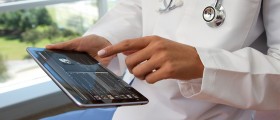

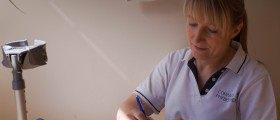





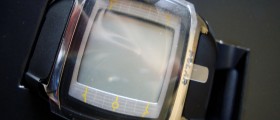
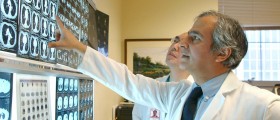

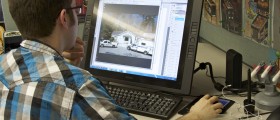
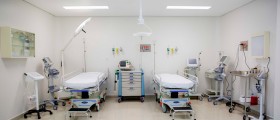
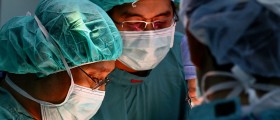
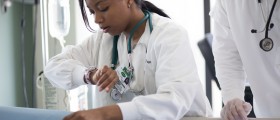
Your thoughts on this
Loading...